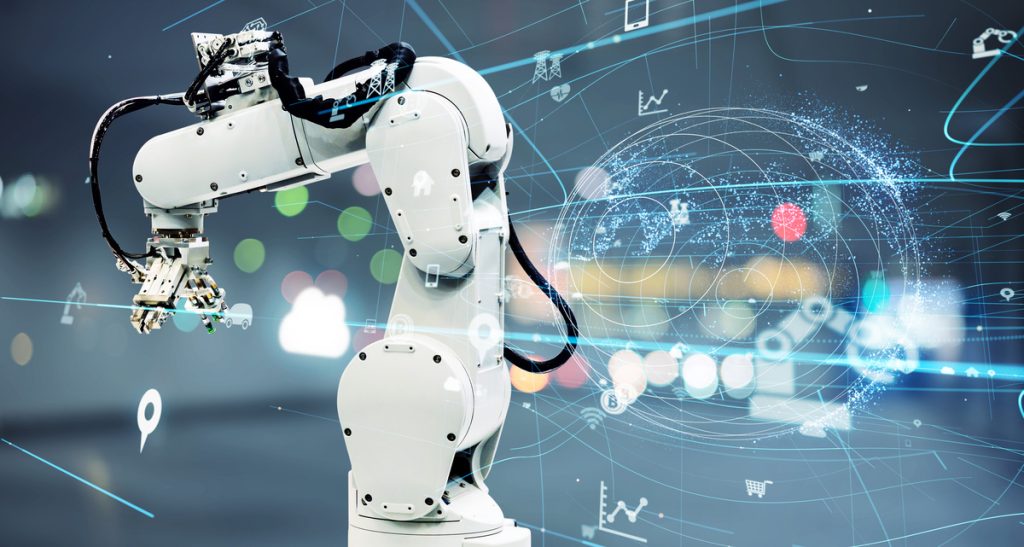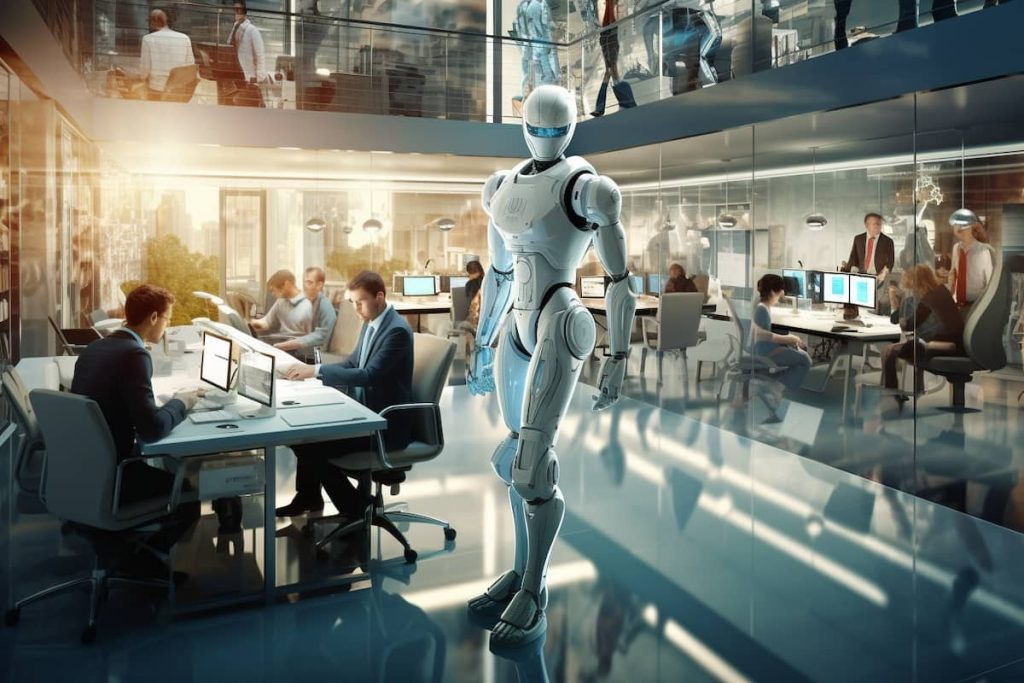Table of Contents
The rise of automation is fundamentally transforming the workplace, prompting a shift in the way work is done and reshaping industries across the globe. As advancements in artificial intelligence (AI), robotics, and machine learning continue to accelerate, the future of work is becoming increasingly intertwined with automated technologies. This article explores the impact of automation on employment, examining both the challenges and opportunities that lie ahead.

Understanding Automation
Automation refers to the use of technology to perform tasks that were traditionally done by humans. This can range from simple mechanization, such as assembly line production, to more complex systems involving AI and machine learning, which can analyze data, make decisions, and even interact with humans. Automation is not a new phenomenon; it has been a part of industrial evolution since the advent of the steam engine and mechanized manufacturing. However, the rapid development of digital technologies has taken automation to unprecedented levels, leading to both excitement and concern about its impact on the workforce.
The Impact of Automation on Employment
- Job Displacement and Transformation
One of the most significant concerns surrounding automation is the potential for job displacement. As machines become more capable, many tasks currently performed by humans could be automated, leading to the elimination of certain jobs. For instance, roles in manufacturing, data entry, and customer service are increasingly being automated, with machines and software handling tasks once performed by workers. According to a study by McKinsey Global Institute, up to 800 million jobs could be displaced by automation by 2030.
However, it’s essential to recognize that while some jobs may be lost, others will be transformed or created. Automation often leads to the emergence of new roles that require different skill sets. For example, the rise of AI has created demand for data scientists, AI specialists, and machine learning engineers. Workers in these roles develop, manage, and optimize automated systems, highlighting a shift in the nature of work rather than a total eradication of jobs.
- Skills Gap and the Need for Reskilling
The rapid pace of automation is contributing to a growing skills gap in the labor market. As certain tasks become automated, the demand for skills related to those tasks declines, while the need for skills in technology, data analysis, and problem-solving increases. This shift presents a significant challenge for workers who may find their skills becoming obsolete.
To address this challenge, reskilling and upskilling programs are crucial. Governments, educational institutions, and businesses must collaborate to provide training that equips workers with the skills needed for the jobs of the future. Initiatives such as coding bootcamps, online courses, and vocational training can help workers transition to new roles that are less susceptible to automation. Moreover, a focus on lifelong learning will become increasingly important as workers navigate a labor market that is continuously evolving.
- Productivity Gains and Economic Growth
Automation has the potential to drive significant productivity gains, which can lead to economic growth. By automating repetitive and mundane tasks, businesses can operate more efficiently, reduce costs, and increase output. For example, in industries such as manufacturing, automated systems can work 24/7 without fatigue, leading to higher production rates.
These productivity gains can translate into economic benefits, including increased profitability for businesses and lower prices for consumers. Additionally, as businesses become more competitive through automation, there may be opportunities for job creation in areas related to the development, maintenance, and enhancement of automated systems.

- Inequality and the Distribution of Wealth
While automation can drive economic growth, it also has the potential to exacerbate inequality. The benefits of automation, such as increased productivity and profitability, may not be evenly distributed across society. Workers in low-skilled roles are more vulnerable to job displacement, while those with advanced technical skills may see their wages rise. This divergence can lead to greater income inequality.
To mitigate this risk, policymakers must consider how to ensure that the gains from automation are shared more broadly. This could involve measures such as progressive taxation, social safety nets, and investment in education and training programs. Additionally, businesses have a role to play in supporting their workforce through the transition, by providing opportunities for reskilling and creating inclusive work environments.
- The Human Element in the Automated Workplace
Despite the rise of automation, the human element will remain critical in the workplace of the future. While machines can handle routine tasks, they lack the creativity, emotional intelligence, and complex problem-solving abilities that humans possess. Jobs that require these skills, such as those in creative industries, healthcare, and leadership, are less likely to be automated.
Moreover, the integration of automation into the workplace will require human oversight and collaboration. For example, in sectors like healthcare, automated systems can assist with diagnostics and data analysis, but human professionals will still be needed to interpret results, make decisions, and provide care.

Conclusion
The future of work in the age of automation presents both challenges and opportunities. While automation has the potential to displace certain jobs, it also creates new roles and drives economic growth. The key to navigating this transition lies in reskilling, lifelong learning, and ensuring that the benefits of automation are shared broadly across society. As we move forward, the collaboration between humans and machines will define the workplace, with automation handling routine tasks and humans bringing creativity, empathy, and complex problem-solving to the table. The future of work will not be solely automated, but rather a dynamic interplay between technology and human ingenuity.
